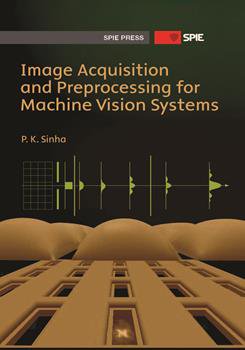|
The derivations related to Fourier transforms are made with a continuous parent signal f(x) containing, in theory, an infinite number of frequency components. For digital signal processing, the parent function is discretized by sampling. The sampling rate (or its reciprocal, sampling frequency) determines the highest-frequency component of f(x) that can be captured during the digitization process. A higher sampling frequency yields a smaller separation (sampling interval) between consecutive sampled signals and leads to capturing the higher-frequency components present in the continuous signal f(x). Most engineering applications require digitally processed signals to be converted back to analog signals, so there is a need to sample at a rate high enough to capture the highest-frequency component within f(x). Consequently, the quality of the reconstructed analog signal is related to the sampling frequency used in the front-end electronics; in this context, quality refers to the ability to recover all frequency components present in the parent analog signal. A functional block diagram of the sampling and reconstruction process is given in Fig. B.1. Although the actual numerical operations on the input signal are performed in the spatial or time domain, the equivalent frequency-domain operations are used for analysis and design with the Fourier-transform-generated frequency spectra. Some of the essential results and associated definitions are given in this section to underpin the derivations in Chapters 12 and 13. |
|
|


